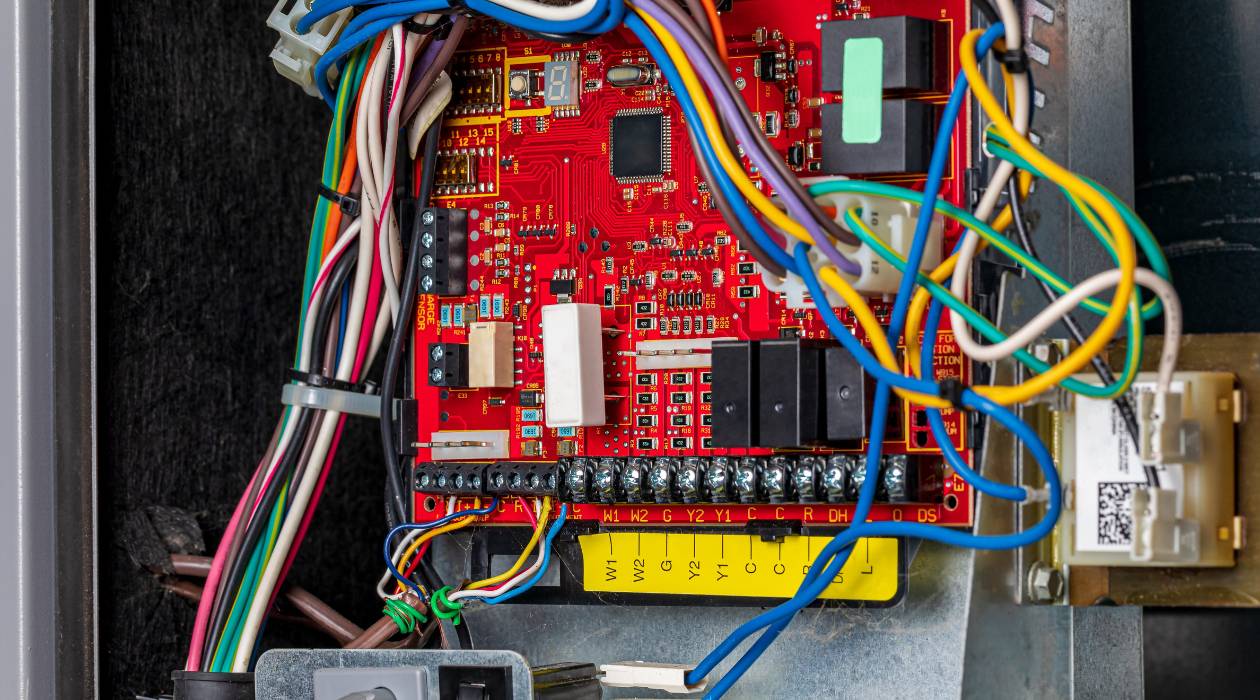

Articles
Where Is The HVAC Control Board Located
Modified: May 6, 2024
Looking for articles on HVAC control board? Discover where this essential component is located and how it functions in heating, ventilation, and air conditioning systems.
(Many of the links in this article redirect to a specific reviewed product. Your purchase of these products through affiliate links helps to generate commission for Storables.com, at no extra cost. Learn more)
Introduction
An HVAC control board is a crucial component in both residential and commercial heating, ventilation, and air conditioning (HVAC) systems. It acts as the brain of the system, allowing for optimal control and operation. Understanding the role and location of the HVAC control board is essential for troubleshooting and maintaining the system.
In this article, we will delve into the details of the HVAC control board, explore its components, and discuss its importance in HVAC systems. We will also identify where the control board is typically located in residential and commercial systems. Additionally, we will provide some insights on troubleshooting common issues that may arise with the control board.
Key Takeaways:
- The HVAC control board, located in both residential and commercial HVAC systems, serves as the central command center, regulating and coordinating the system’s functions to ensure optimal performance, energy efficiency, and comfort levels.
- Understanding the components and location of the HVAC control board is crucial for effective troubleshooting, maintenance, and system support, enabling homeowners and technicians to address issues promptly and maintain smooth HVAC operation.
Read more: Where Is HVAC Fuse Located
What is an HVAC Control Board?
An HVAC control board, also known as a circuit board or control module, is a vital component in an HVAC system. It is responsible for regulating and coordinating the various functions of the system, ensuring optimal performance and efficiency.
The control board plays a crucial role in controlling the operation of the heating, cooling, and ventilation components of the HVAC system. It receives input from various sensors and thermostats, processes the information, and triggers the appropriate actions to maintain the desired temperature and comfort levels in the space.
The control board is typically made up of a series of electronic components, including relays, diodes, resistors, and capacitors. These components work together to control the operation of the HVAC system by opening and closing circuits, adjusting fan speeds, and activating heating or cooling elements.
In modern HVAC systems, control boards are often equipped with advanced features and technologies, such as programmable logic controllers (PLCs) and microprocessors. These advancements allow for greater precision and customization in controlling the system, resulting in improved energy efficiency and comfort levels.
Furthermore, some control boards may have built-in communication capabilities, allowing them to interface with other smart devices and integrate with home automation systems. This enables homeowners to remotely control and monitor their HVAC systems, adjusting settings and receiving notifications conveniently via their smartphones or other devices.
Overall, the HVAC control board is the central command center of an HVAC system, responsible for monitoring and regulating the system’s operation to ensure optimal performance and energy efficiency.
Components of an HVAC Control Board
An HVAC control board consists of several essential components that work together to control and regulate the operation of the HVAC system. Understanding these components can help in troubleshooting and diagnosing potential issues.
1. Microprocessor: The microprocessor is the brain of the control board. It receives inputs from various sensors and thermostats and executes the necessary commands to control the HVAC system. The microprocessor determines when to activate heating or cooling elements, adjust fan speeds, and monitor system performance.
2. Relays: Relays are used to open or close electrical circuits. They act as switches, allowing the control board to control the flow of electricity to various components of the HVAC system. For example, relays can turn the compressor on and off or activate the blower motor.
3. Diodes: Diodes are electronic devices that allow current to flow in only one direction. They are used in HVAC control boards to prevent any reverse flow of electricity, protecting components from damage. Diodes ensure that electricity flows in the correct direction and prevent circuit overload.
4. Capacitors: Capacitors store electrical energy and release it when needed. In an HVAC control board, capacitors help in providing the necessary power supply for the various components to function correctly. They ensure a continuous and stable flow of electricity, preventing voltage fluctuations.
5. Resistors: Resistors control the flow of electricity in the circuit. They limit the current passing through certain components, preventing damage and ensuring safe operation. Resistors play a crucial role in maintaining the correct voltage levels within the HVAC control board.
6. Transformers: Transformers are responsible for converting voltage levels to match the requirements of the system. They step up or step down the voltage to provide the necessary power supply to different components of the HVAC system. Transformers help ensure that the control board and associated components receive the appropriate voltage.
7. Connectors and Wiring: Control boards have various connectors and wiring that allow for the connection of different components and sensors. These connectors ensure secure and reliable connections, enabling proper communication and functionality within the HVAC system.
8. Display and User Interface: Some advanced HVAC control boards feature a display and user interface. This interface allows users to interact with the control board, set temperature preferences, view system status, and access diagnostic information. It provides a convenient way for homeowners or technicians to monitor and control the HVAC system.
Understanding the components of an HVAC control board is essential for troubleshooting and diagnosing any issues that may arise. It helps HVAC technicians identify faulty components and ensure proper functioning of the system.
Location of HVAC Control Board in Residential Systems
In residential HVAC systems, the control board is typically located within the indoor unit, commonly known as the air handler or furnace. The exact location may vary depending on the type and design of the HVAC system.
1. Integrated Control Board: In modern HVAC systems, especially those with high-efficiency furnaces, the control board is often integrated within the furnace itself. It is usually located near the blower compartment or the main control panel of the unit. This integrated control board manages the operation of the heating, cooling, and fan systems, as well as any other additional features or accessories.
2. Standalone Control Board: In older or less advanced HVAC systems, the control board may be a separate component mounted near the furnace or air handler. It is commonly housed in a metal or plastic control box for protection. The control board connects to the various components of the HVAC system through wiring harnesses and connectors.
3. Access Panel: To access the control board in residential systems, the air handler or furnace often has an access panel on the front or side. This panel can be removed by unscrewing the fasteners or using simple latches or clips. Once the access panel is removed, the control board becomes visible.
4. Wiring Connections: The control board is connected to various components of the HVAC system through wiring connections. These connections include wires from the thermostat, blower motor, compressor, and other sensors or switches. Identifying and following these wiring connections can help locate the control board.
It is important to note that the location of the control board may vary depending on the brand and model of the HVAC system. Therefore, it is recommended to refer to the manufacturer’s documentation or consult a professional HVAC technician for specific instructions.
Locating the control board in a residential HVAC system is essential for troubleshooting and performing maintenance tasks. It allows homeowners or technicians to access the control board, inspect its components, and diagnose any potential issues that may affect the system’s operation.
Check the main electrical panel, furnace, or air handler for the HVAC control board. It is usually located near the blower motor and may be behind a panel or cover.
Location of HVAC Control Board in Commercial Systems
In commercial HVAC systems, the control board can be found in various locations depending on the size and complexity of the system. These systems are typically more extensive and may have multiple air handlers, rooftop units, or chiller plants. Here are some common locations where the control board can be found in commercial systems:
1. Mechanical Room: In many commercial buildings, there is a designated mechanical room where the HVAC equipment is centralized. This is a common location for the control boards of larger systems. The control boards may be installed on a wall-mounted panel or within a control panel enclosure in the mechanical room.
2. Air Handler Units: Commercial buildings often have multiple air handler units distributed throughout various floors or zones. Each air handler unit typically has its own control board located within the unit. The control board may be integrated into the unit or housed in a separate control cabinet located nearby.
3. Control Panels: In some cases, commercial HVAC systems may have centralized control panels located in a distinct control room or utility space. These control panels house the control boards for multiple HVAC units or systems. They provide a centralized control interface for monitoring and adjusting the operation of the entire HVAC system.
4. Rooftop Units: For commercial buildings with rooftop HVAC units, the control board is often located within the unit itself. It is typically accessible by removing a control panel cover on the rooftop unit. The control board manages the operation of the various components within the rooftop unit, including the compressor, fan motor, and controls for heating and cooling.
5. Chiller Plants: In large commercial buildings that utilize chiller plants for cooling, the control boards are typically located within the control panel of the chiller plant room. These control boards manage the operation of multiple chiller units, pumps, and associated equipment.
It is important to note that the exact location of the control board in commercial HVAC systems can vary significantly depending on the system’s design and layout. Therefore, it is advisable to consult the building’s mechanical plans or consult with an HVAC professional to determine the precise location of the control board in a specific commercial system.
Knowing the location of the control board is crucial for proper system maintenance, troubleshooting, and making adjustments to the HVAC system in commercial buildings.
Read more: Where Is HVAC Filter Located
Importance of HVAC Control Board
The HVAC control board plays a key role in the proper functioning and efficiency of heating, ventilation, and air conditioning systems. Its importance can be seen in several key aspects of HVAC operation:
1. System Control and Coordination: The control board acts as the central control hub for the HVAC system, enabling coordination and synchronization of various components. It receives input from thermostats, sensors, and other peripherals, and uses that information to regulate temperature, humidity, air flow, and other environmental factors. By controlling the operation of the heating, cooling, and ventilation components, the control board ensures optimal comfort and energy efficiency.
2. Energy Efficiency: The control board helps maximize the energy efficiency of HVAC systems. It monitors and adjusts the operation of components such as the compressor, blower motor, and fan to optimize their performance. The control board can modulate fan speeds, cycle the compressor, and control the flow of refrigerant to maintain the desired temperature while minimizing energy consumption.
3. Fault Diagnosis and Safety: HVAC control boards often have built-in diagnostic capabilities. They can detect and notify users of any faults or malfunctions within the system, such as sensor failures or motor issues. This helps in identifying problems quickly, allowing for timely repairs and preventing further damage. Moreover, control boards have safety features that can shut down the system in case of critical faults or safety concerns, preventing potential hazards.
4. System Protection: The control board helps protect HVAC components from damage. It monitors crucial parameters such as voltage, current, and temperature. If any abnormal values are detected, such as power surges or overheating, the control board can take corrective actions, such as shutting down specific components or the entire system, to prevent further damage.
5. Customization and Control: Advanced control boards offer customizable settings and options. Users can set up specific operating schedules, adjust temperature setpoints, and control various modes of operation (e.g., heating, cooling, fan-only) based on their preferences. This level of customization gives users greater control over their indoor environment and allows them to fine-tune the HVAC system to meet their specific needs.
6. Integration with Smart Home Technologies: Many modern control boards are designed to integrate with smart home technologies. They can interface with voice assistants, home automation systems, and mobile apps, empowering users to remotely control and monitor their HVAC systems. This provides convenience, energy savings, and the ability to optimize comfort based on user preferences and occupancy patterns.
In summary, the HVAC control board is crucial for the overall operation, energy efficiency, safety, and customization of HVAC systems. It acts as the intelligent control center, coordinating the functions of various components to provide comfort, protect the system, and optimize energy consumption. Its importance cannot be overstated when it comes to achieving optimal HVAC performance and enhancing the overall experience for users.
Troubleshooting HVAC Control Board Issues
When an HVAC system experiences issues, the control board is often one of the first components to be examined. Troubleshooting the control board can help identify and resolve problems that may be affecting the system’s performance. Here are some common control board issues and troubleshooting steps:
1. No Power: If the control board is not receiving power, check the circuit breaker or fuse box to ensure that power is supplied to the HVAC system. Also, inspect the control board for any loose or disconnected wiring connections. If power is available, but the control board still doesn’t function, it may be faulty and need to be replaced.
2. Blown Fuse: If the control board’s fuse has blown, it indicates a problem with the electrical circuit. Check for shorted wires or faulty components that may be causing excessive current flow. Replace the blown fuse with one of the correct rating as specified in the equipment’s manual.
3. Faulty Relays: The control board relies on relays to control the flow of electricity to various components. If a specific component is not working properly, inspect the relays associated with that component. Use a multimeter to test the continuity of the relays, replacing any faulty ones if necessary.
4. Communication Issues: In systems with multiple control boards or modules, communication issues can occur. Check the wiring connections between the control boards and ensure they are secure and properly connected. If communication problems persist, consult the equipment’s manual for specific troubleshooting guidelines or contact a qualified HVAC technician.
5. Error Codes: Many control boards have built-in error code systems to diagnose problems. If an error code is displayed on the control board, refer to the system’s manual or contact the manufacturer for a comprehensive list of error codes and their corresponding troubleshooting steps.
6. Sensor Calibration: Sensors play a vital role in providing input to the control board. If the temperature or pressure sensors are malfunctioning, it can impact the system’s performance. Check the sensors for proper placement and calibration according to the manufacturer’s guidelines. Clean or replace any faulty sensors to ensure accurate readings.
7. Software Updates: In some cases, control boards may require software updates or firmware upgrades to address known issues or improve system performance. Consult the manufacturer’s website or contact their technical support for information on available updates and instructions on how to install them.
8. Professional Assistance: If troubleshooting steps do not resolve the control board issues, it is recommended to seek the assistance of a certified HVAC technician. They have the expertise and specialized tools to diagnose complex control board problems and carry out the necessary repairs or replacements.
Remember to follow proper safety protocols when troubleshooting the control board or any other HVAC components. Always turn off power to the system before performing any inspections or repairs, and if you are unsure or uncomfortable with any troubleshooting steps, seek professional assistance.
By effectively troubleshooting control board issues, you can identify and resolve problems timely, restoring the HVAC system’s optimal operation and keeping your indoor environment comfortable.
Conclusion
The HVAC control board serves as the brain of a heating, ventilation, and air conditioning system, regulating and coordinating its functions. Understanding the components, location, and importance of the control board is crucial for troubleshooting and maintaining the system’s optimal performance.
We have explored the components of an HVAC control board, including the microprocessor, relays, diodes, capacitors, resistors, transformers, and connectors. These components work together to control the operation of the system and ensure a safe and efficient HVAC experience.
In residential systems, the control board is typically located within the indoor unit, usually near the air handler or furnace. In commercial systems, the control board may be found in various locations, such as mechanical rooms, air handler units, control panels, rooftop units, or chiller plants. Identifying the control board’s location is essential for proper maintenance and troubleshooting.
The importance of the control board cannot be overstated. It provides precise system control, optimizes energy efficiency, diagnoses faults, protects HVAC components, allows for customization and control, and can integrate with smart home technologies. These features contribute to enhanced comfort, reduced energy consumption, and improved system performance.
When troubleshooting control board issues, it is necessary to check power supply, inspect fuses and relays, address communication problems, interpret error codes, calibrate sensors, and consider software updates. If troubleshooting steps do not resolve the issues, it is advisable to seek professional assistance to ensure proper diagnosis and repair.
In summary, the HVAC control board is an essential component in both residential and commercial HVAC systems. Its proper functioning is vital for optimal system performance, energy efficiency, comfort, and longevity. Understanding its role, components, and troubleshooting techniques enables homeowners and technicians to maintain and support the HVAC system effectively.
By paying attention to the control board and promptly addressing any issues, you can ensure that your HVAC system operates smoothly, providing the desired temperature and comfort levels in your living or working space.
Curious about how your HVAC control board fits within the broader system? Our next piece demystifies the entire HVAC system, guiding you through its design and function. Understanding these systems enhances your ability to manage home climate efficiently, ensuring comfort year-round.
Frequently Asked Questions about Where Is The HVAC Control Board Located
Was this page helpful?
At Storables.com, we guarantee accurate and reliable information. Our content, validated by Expert Board Contributors, is crafted following stringent Editorial Policies. We're committed to providing you with well-researched, expert-backed insights for all your informational needs.
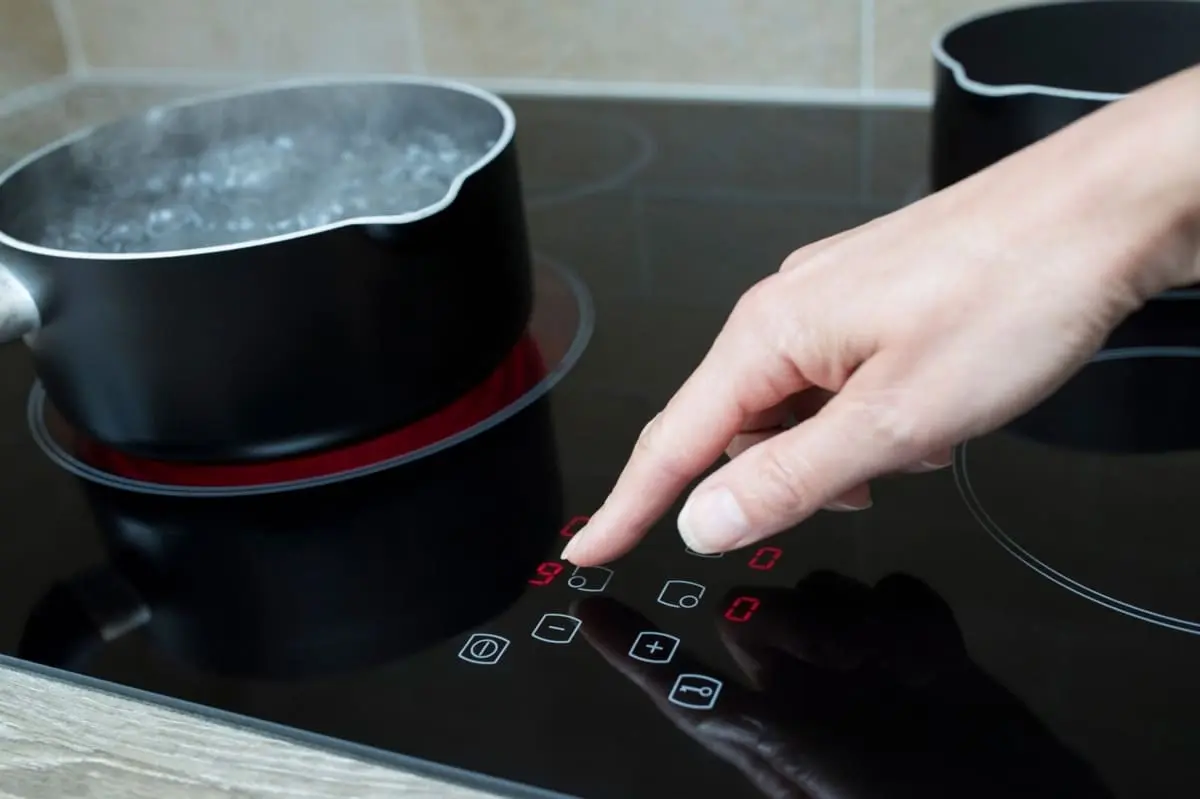
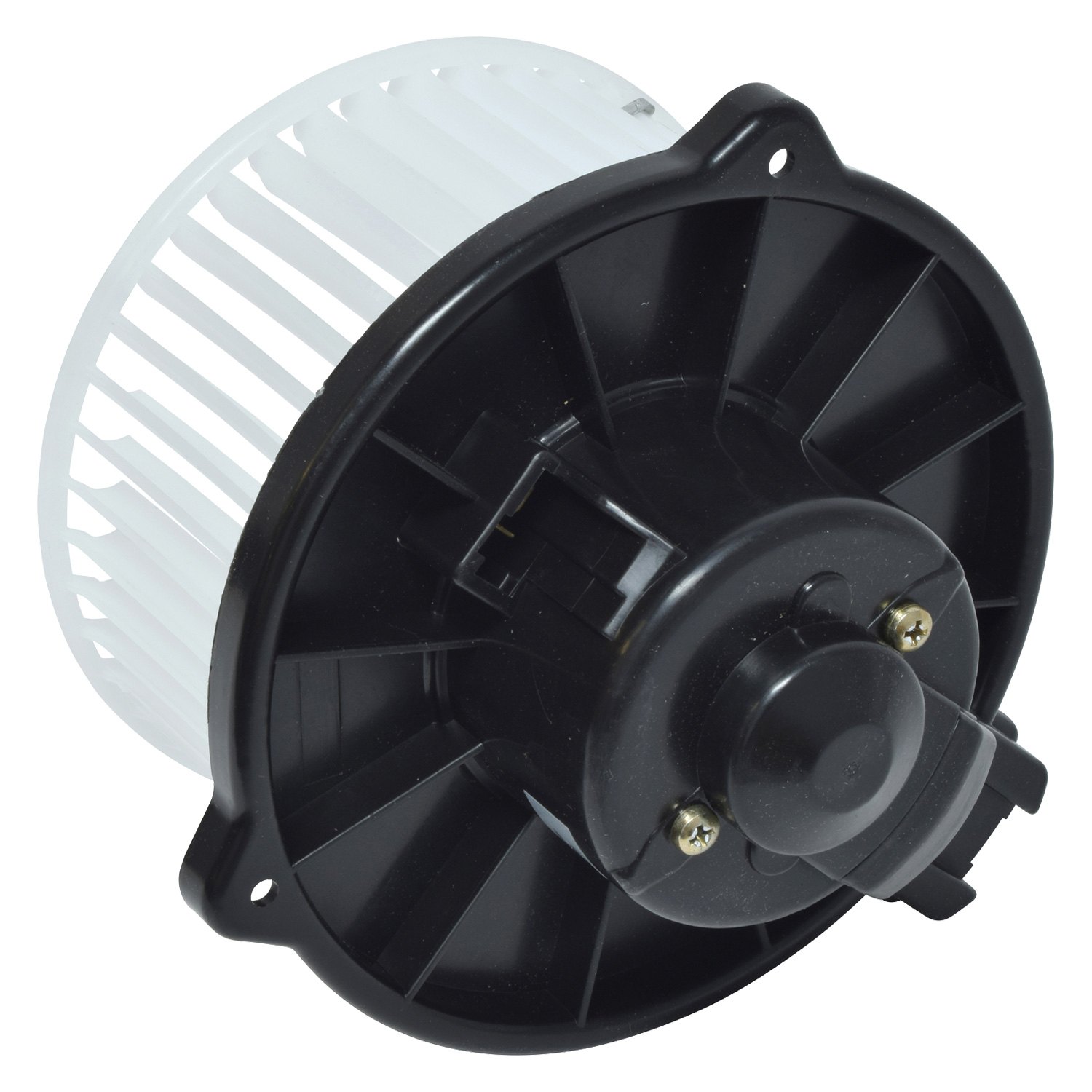
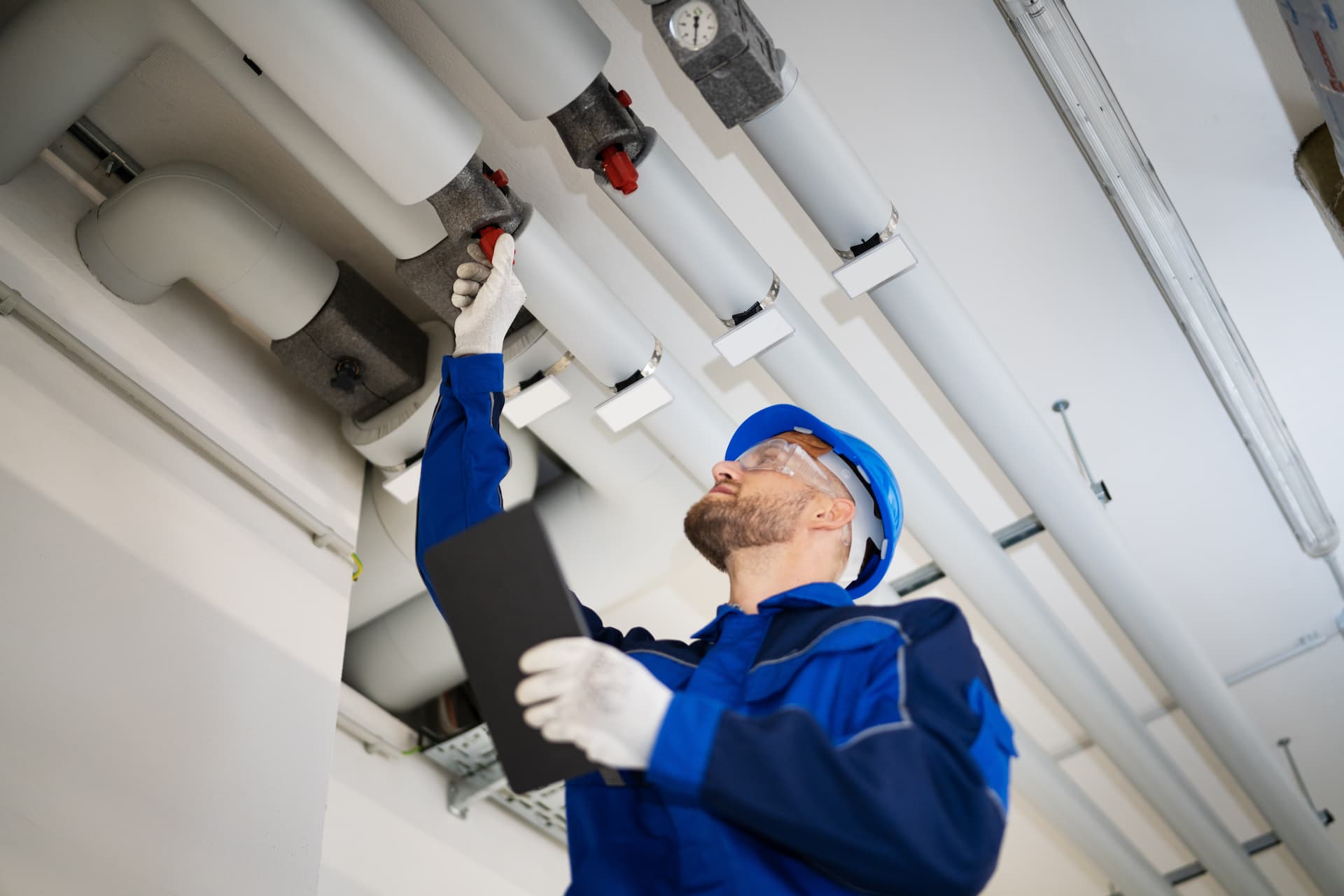

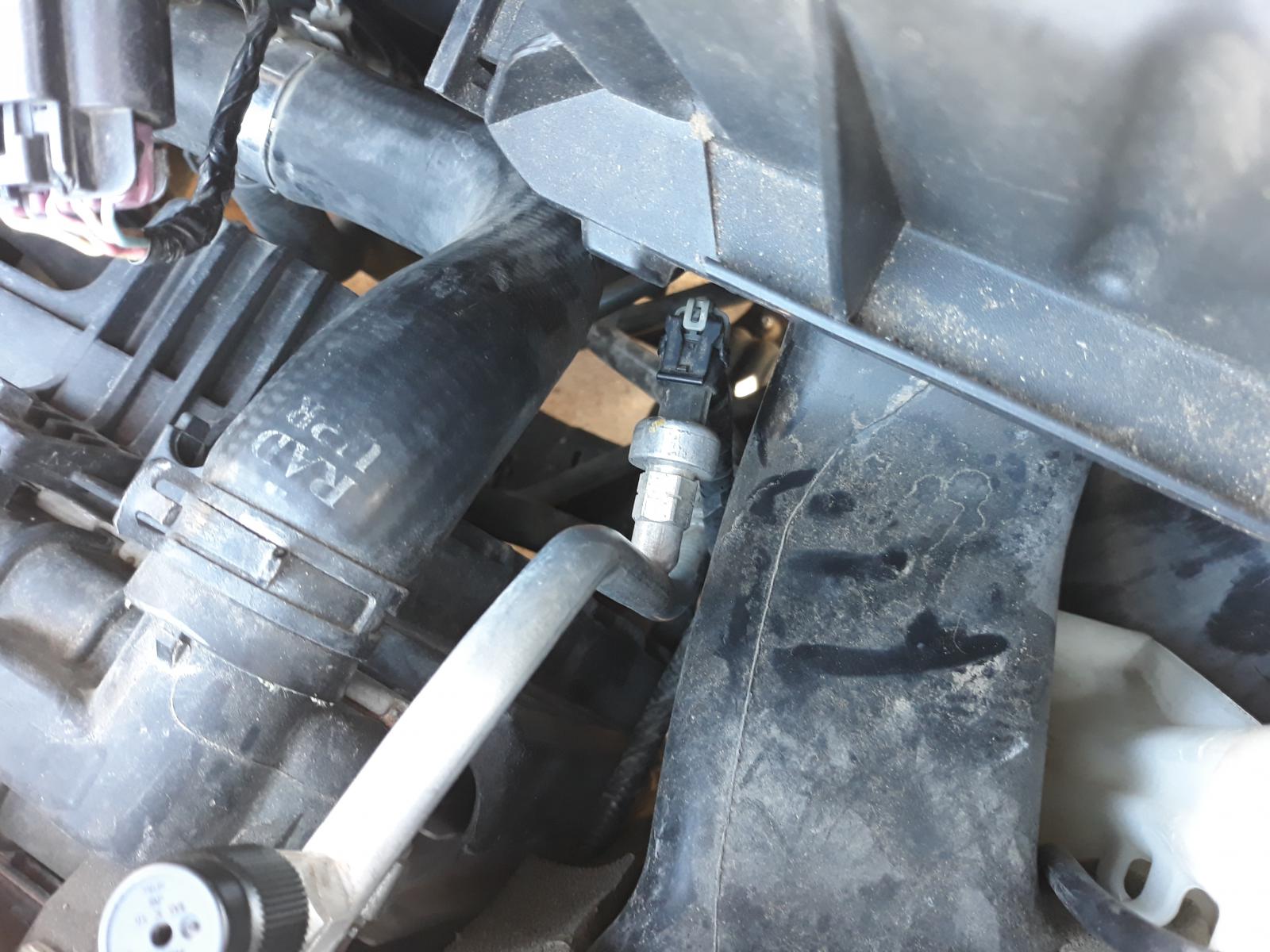
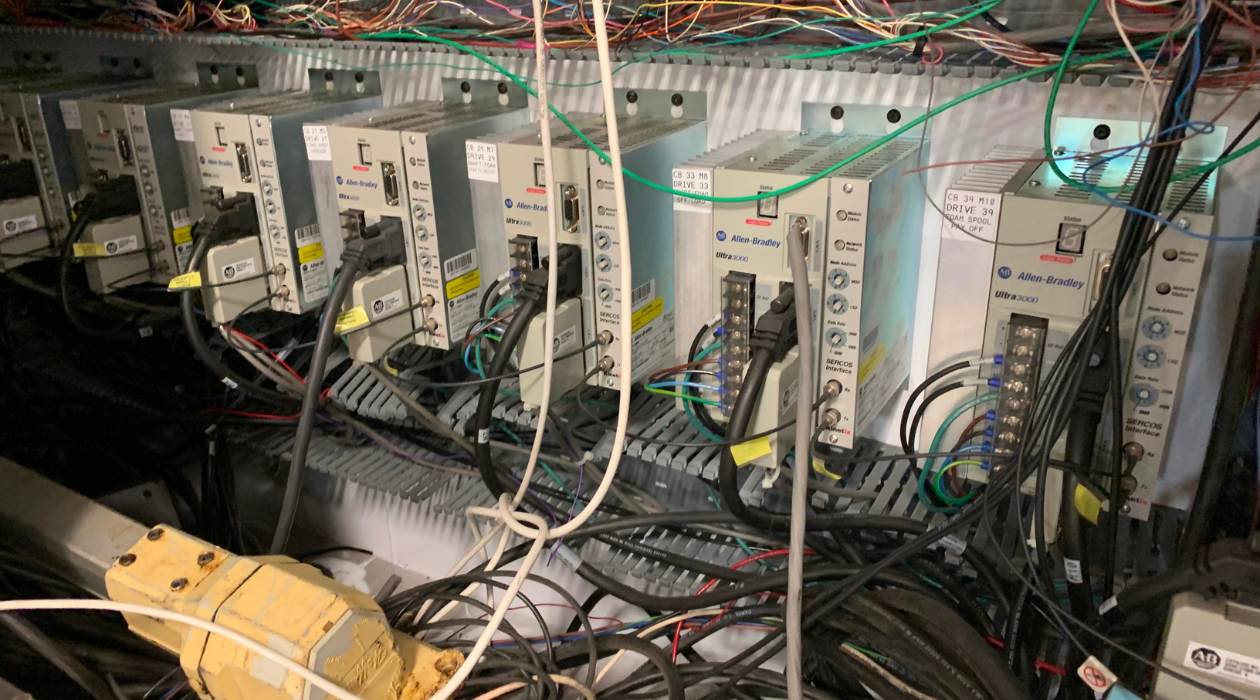
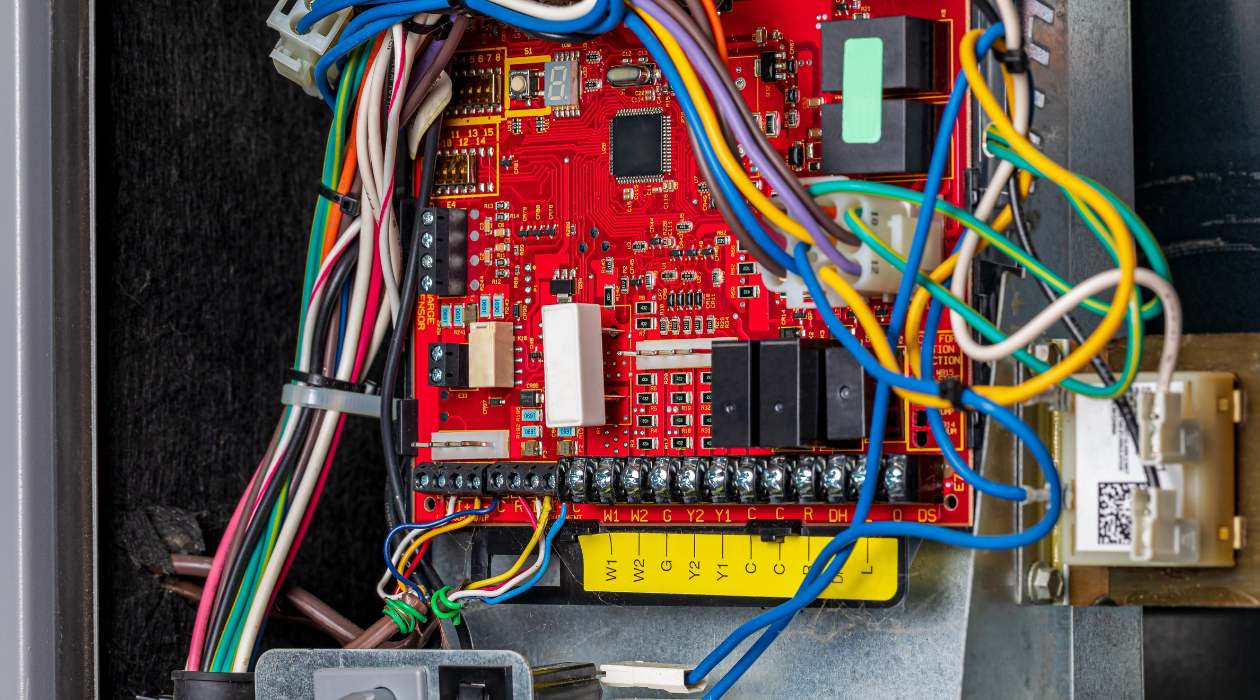
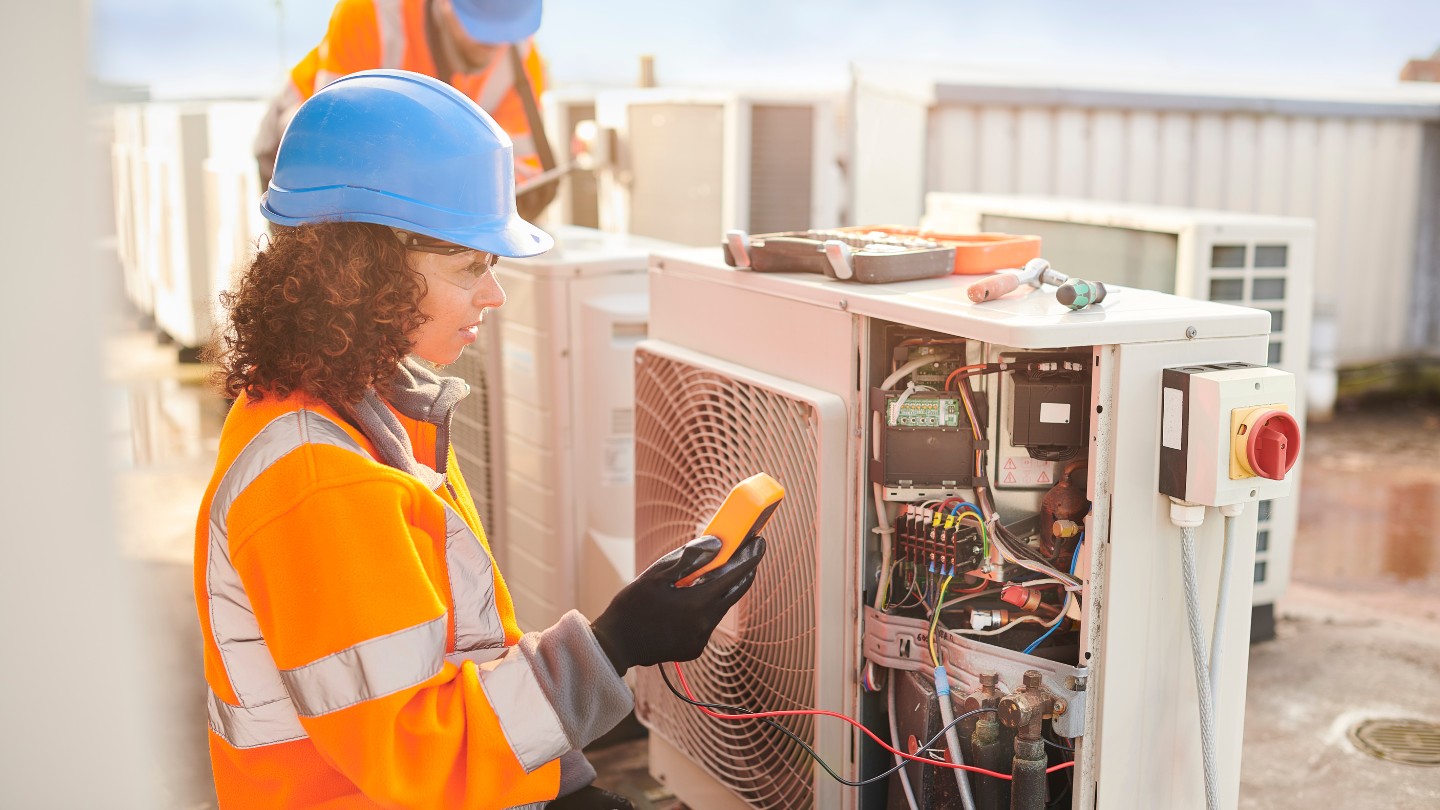
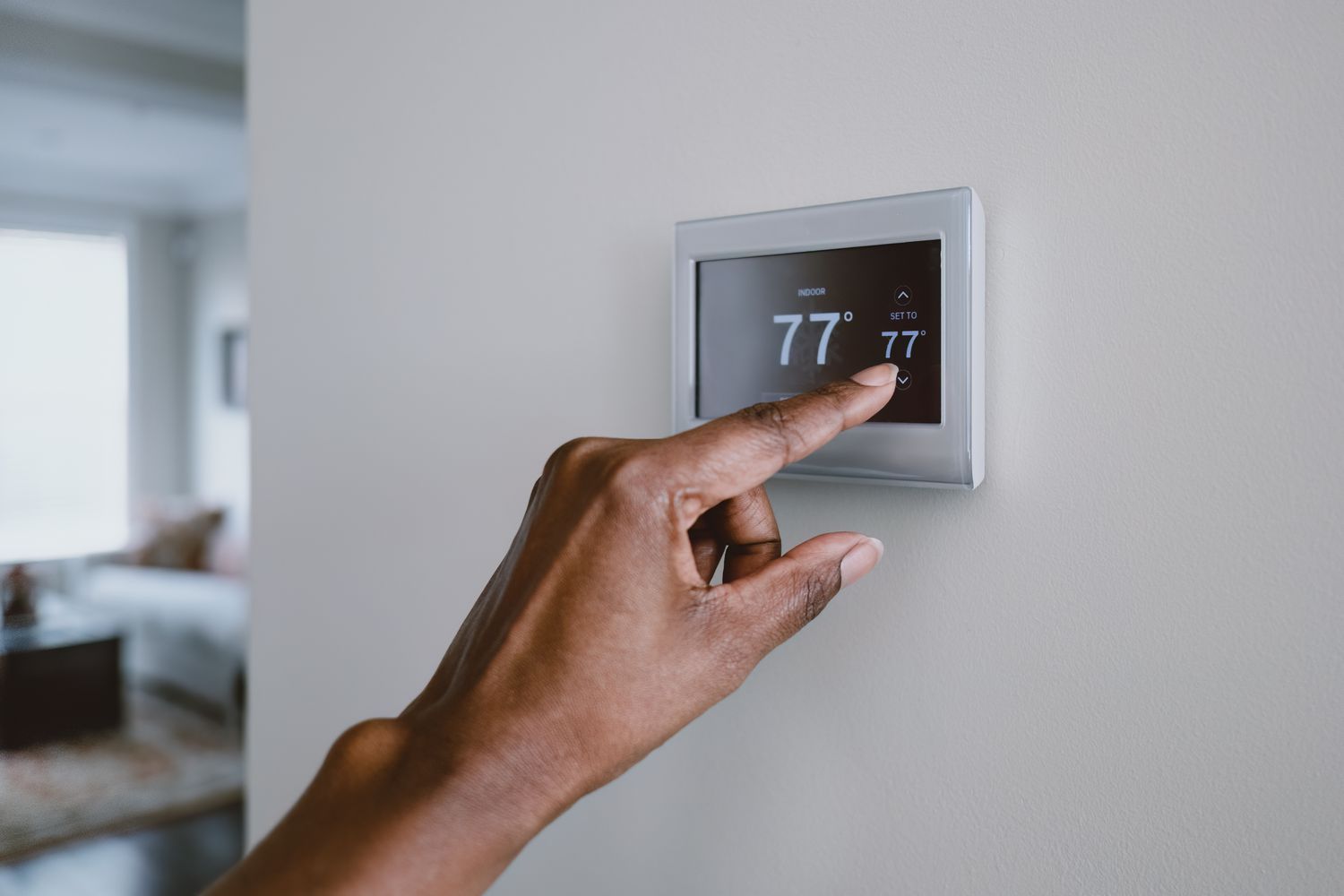
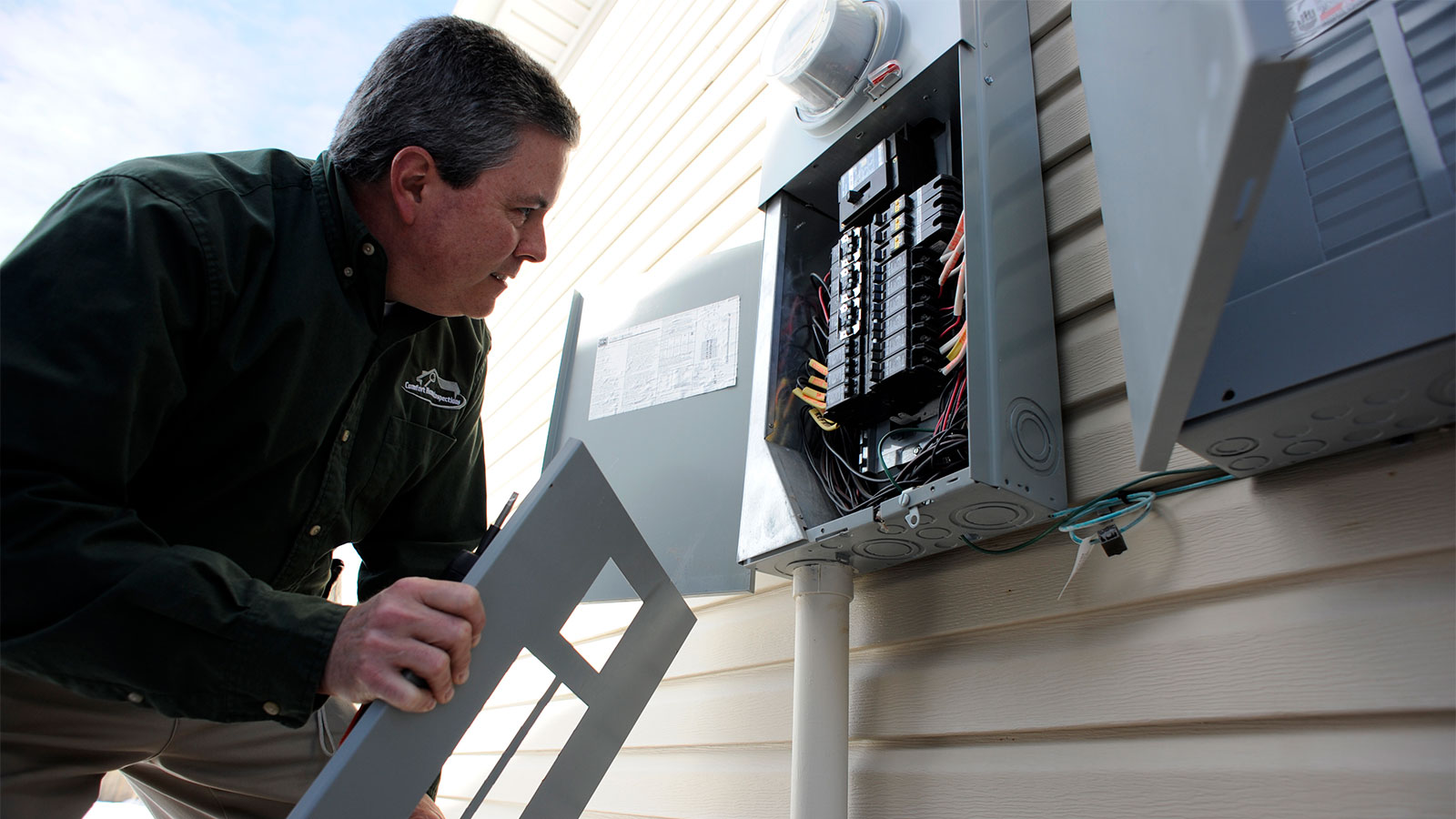
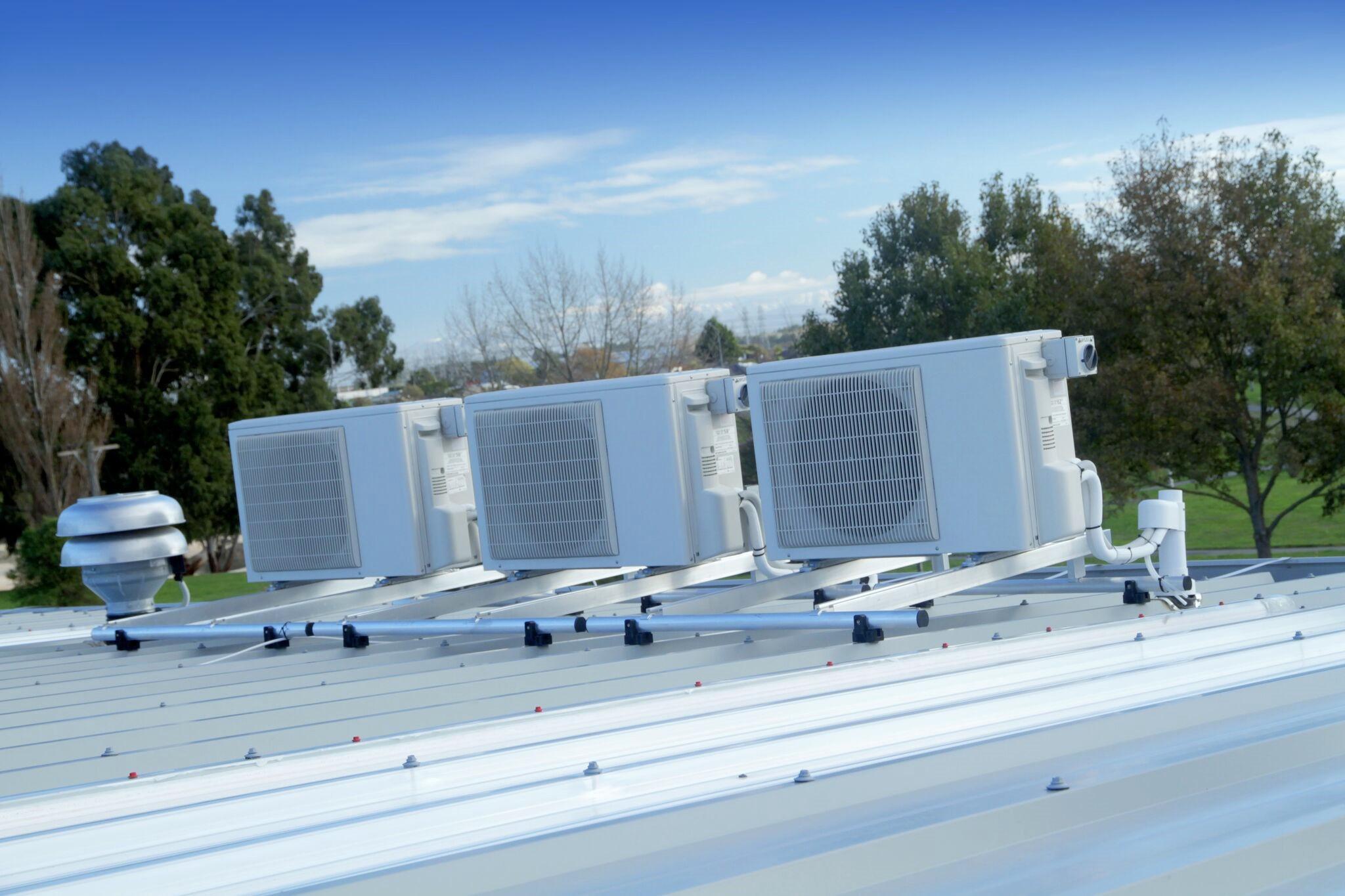
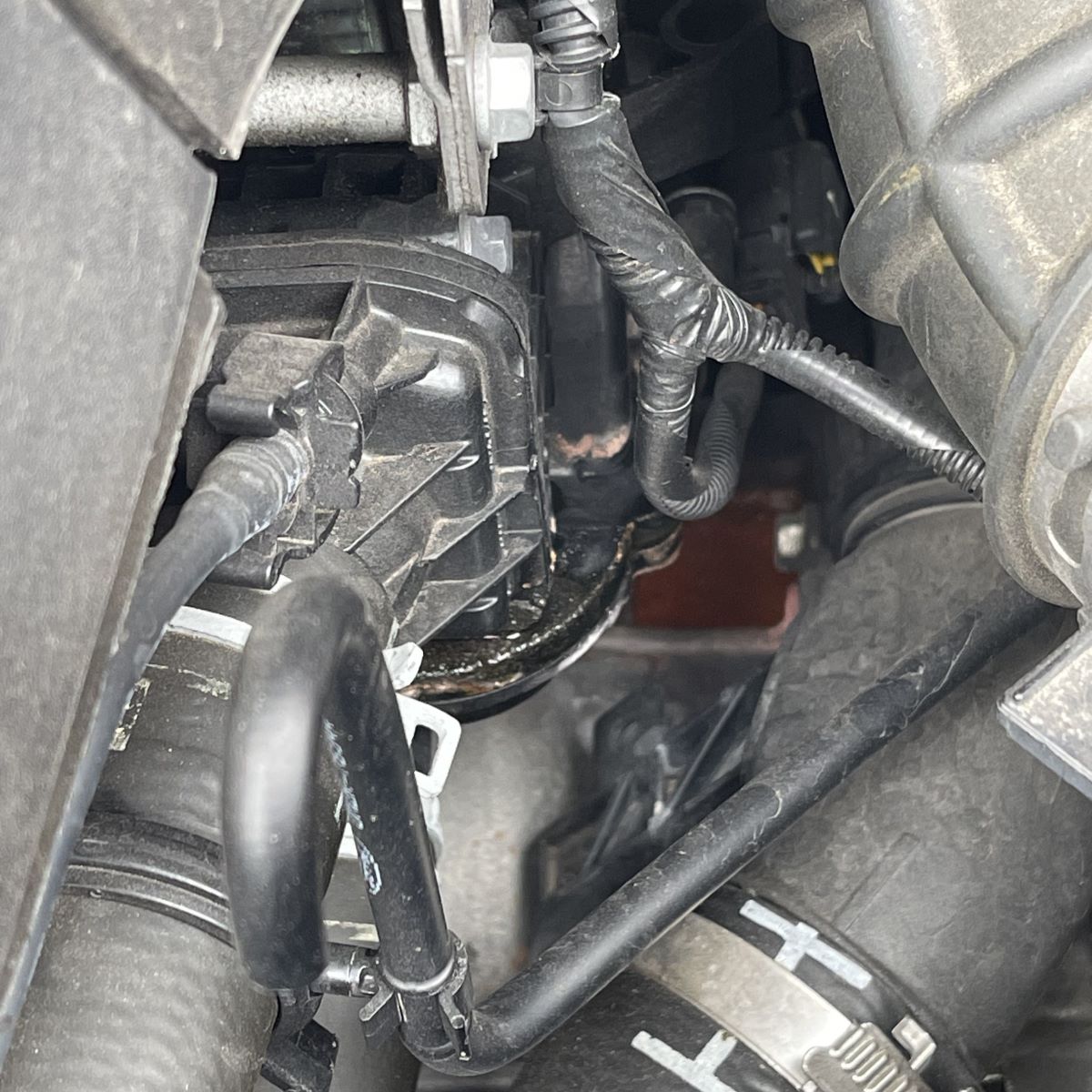

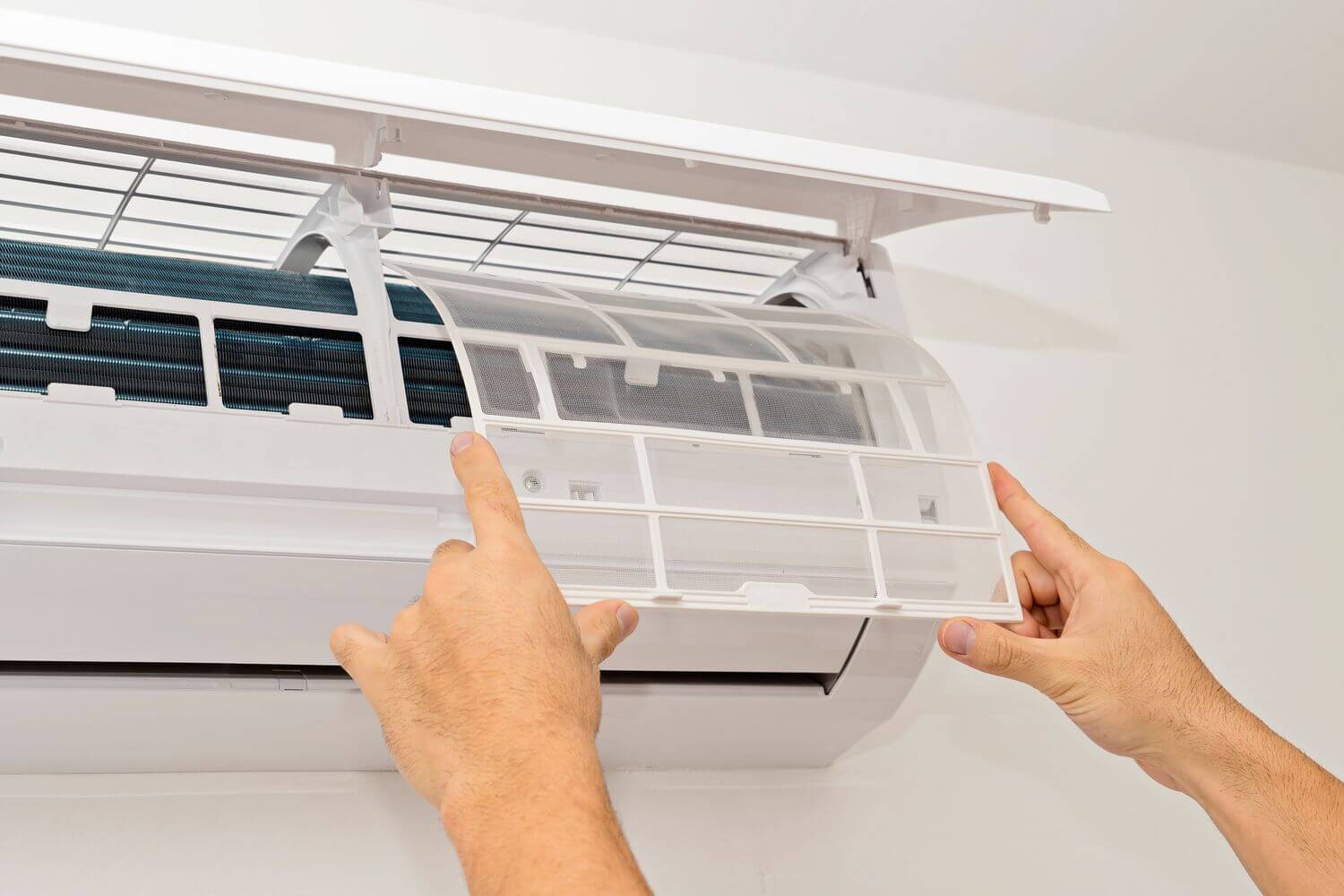

0 thoughts on “Where Is The HVAC Control Board Located”